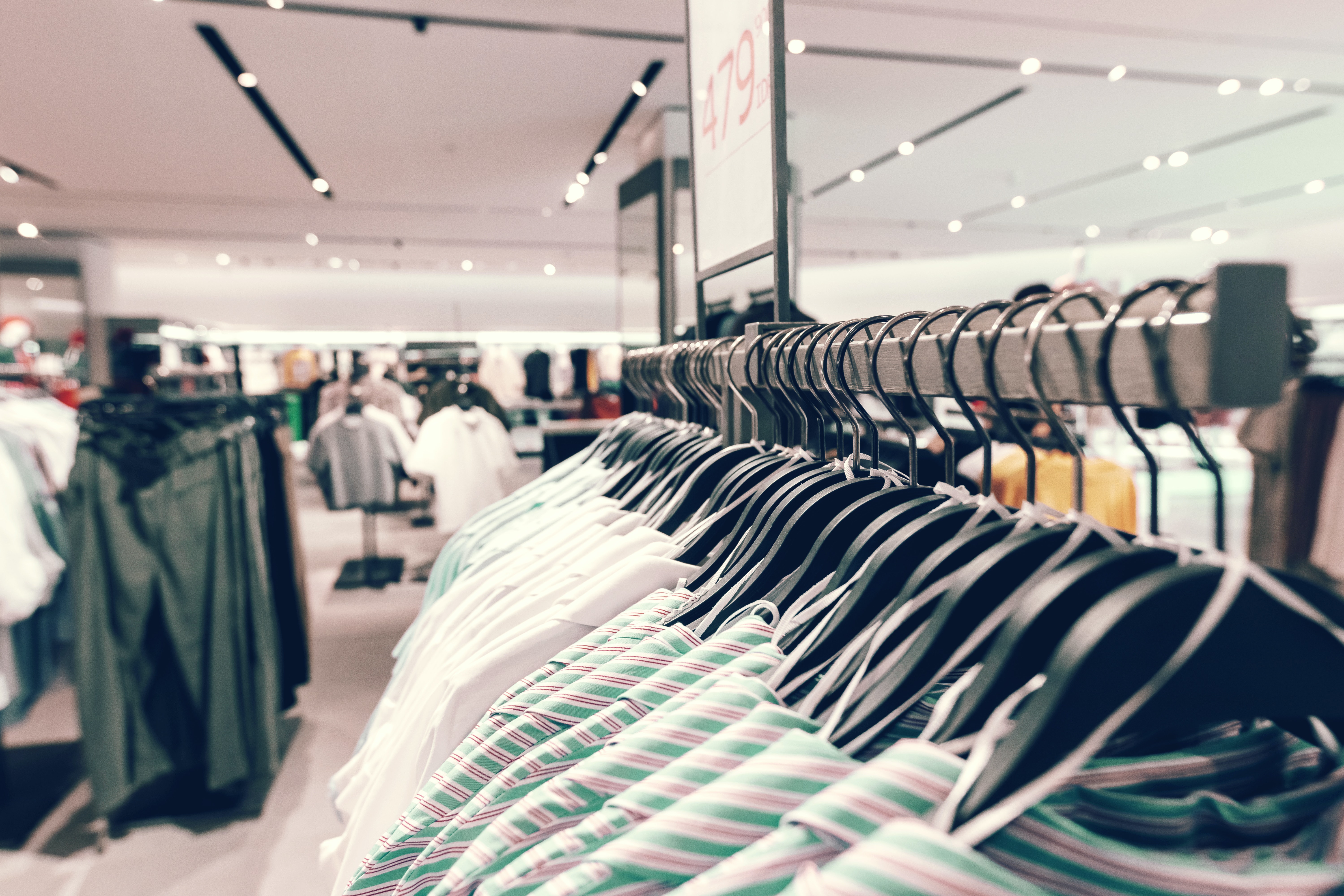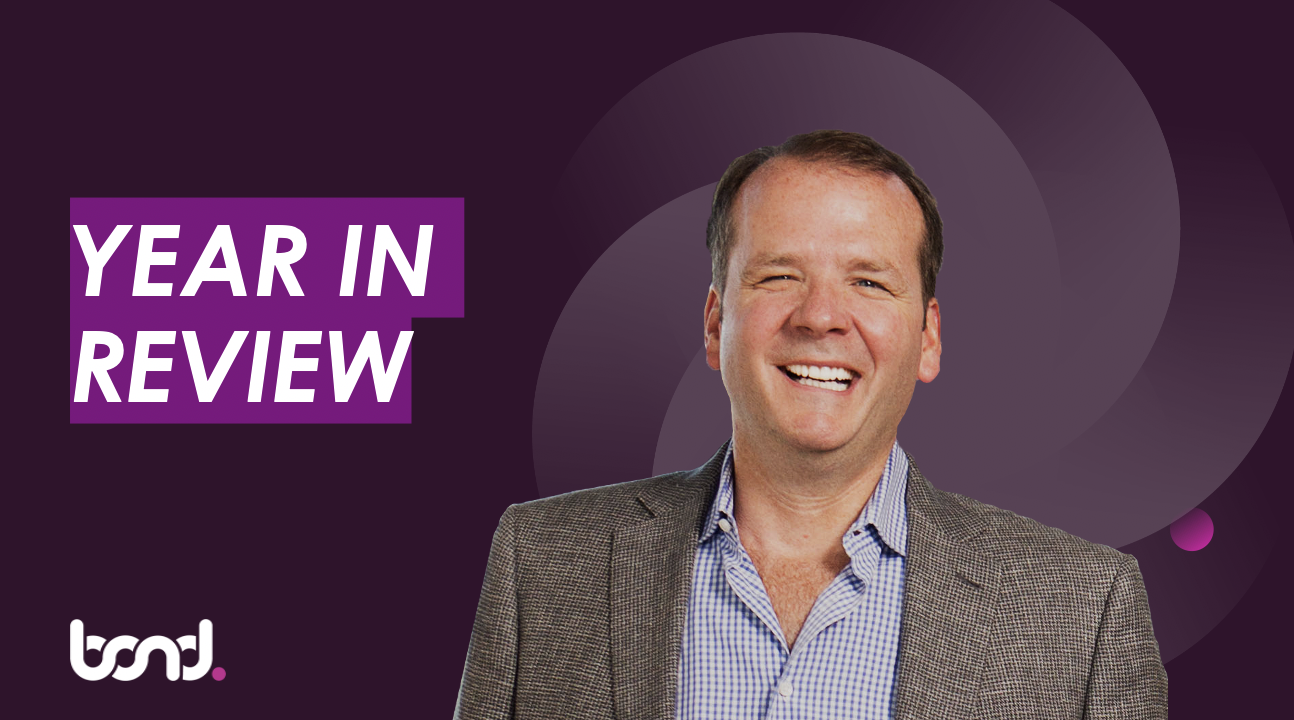Content Writer
Blog
With the 2023 year in full swing, we see renewed attention on the hybrid work model as employers grapple with evolving and evasive work norms. At Bond, we’ve been less obsessed with hybrid work and more curious about the normalization of hybrid life. While it’s important to get the working model right for your business, are you putting the same energy into the next gen engagement models your customers are seeking?
The tools and technology to acquire, retain, and grow a brand’s best customers are proliferating and advancing personalization and real-time insights at a dizzying pace. For those of us who design strategies for the most loyal customers, it’s exhilarating to imagine the possibilities. But the truth is, we also harbor equal fear that the growth of CRM technology is shrinking customer relationships. Real relationships, not just the “I engaged in a piece of targeted content” kind of relationships.
The “R” in CRM has persisted because it is essential to keeping and growing customers. As in real life, a connection does not make a relationship. And a relationship—as many of us may know only too well—can also be one-sided or imbalanced. The best customer–brand relationships are like the best human relationships: two-way, built on trust and mutuality, forged through bonds that make you an enduring part of one another’s existence.
Building meaningful relationships with customers is essential for real growth. As technology advances and reshapes the customer experience, brands must adjust their relationships with customers too. Learn about what’s new and changing in loyalty marketing in our conversation with Let’s Talk Loyalty host, Paula Thomas.
Bond experts, Alie Donnelly and Sean Claessen highlight findings from our The Loyalty Report 2022 and share the importance of how brands are acknowledging societal issues as a result of a shift in consumer expectations. Learn how brands can break away from the pack in our latest podcast.
For too many, it’s a program, not a strategy.
Loyalty programs can be exceptionally effective at engaging customers. Before you say, “Thanks, Captain Obvious,” hear us out. Yes, we do realize the loyalty industry has undergone cycles of innovation…and reinvention, we think it’s time for another.
Successful loyalty programs naturally encourage brands to replicate elements of the success: one more visit, one more item in the basket, one more dollar of spend. For some, that formula keeps on giving, but for many, there’s a struggle afoot in their footfall. We just didn’t know how many until recently.
We’ve been picking up a vibe of frustration as well as a tinge of fear about a backward slide in customer experience. Is this another “COVID-19”-infused reality? Who’s to say. The recently released Forrester 2022 CX Index found that 20% of brands are seeing a drop in CX quality, and at Forrester’s recent CX North America conference, the opening keynote conjured up the metaphor of “potholes” and how CX leaders are unfortunately consumed with the pesky operational basics that don’t allow them to get anywhere near “surprise and delight.” The free cookie that wasn’t available to a loyal customer who earned it. The leggings delivered in the wrong size. Favorite menu items disappearing. Brands not understanding the value of their friction points and a lack of resources to manage.
The horror stories abound, and it might be cathartic and possibly instructive to invite everyone to the CX Therapy Couch and unload your “face palm” moments. 8 out of 10 delivery people sneak food from your order en route…seriously?! While it is tempting to share the disappointing misses, we are optimists at heart, and can see a lot of meaningful advances. For example, Apple’s announcement stating the new message feature coming soon that will allow users to edit conversations after sending messages, or recall the messages entirely. Talk about a game-changing feature. No…scrap that…talk about a life-changing feature! CX is a beautiful thing! With features like this, there is no doubt countless relationships, marriages, and jobs will be saved as a direct result.
The havoc of the global supply chain and workforce issues are clearly testing CX delivery just as we were all making critical strides to engage normalcy again. However, the fact remains: Building meaningful bonds with your customers, is the single most important key to growth.
To deliver a best-in-class omnichannel retail experience, brands must focus on customer-centricity and deliver on new expectations from people on both sides of the counter.
The demand for transparency, authenticity and purpose has changed the landscape for brands— permanently.
The pandemic taught the world life-changing lessons we won’t soon forget. As I reflect on the past 20 months, I think of two memorable realizations of many I had as the crisis unfolded and evolved.
Find your purpose—and live it. For any organization today, everything has to surround a purpose.
)%20(1).jpg)
.png)
.jpg)
.jpg)
)%20(Twitter%20Post).png)






